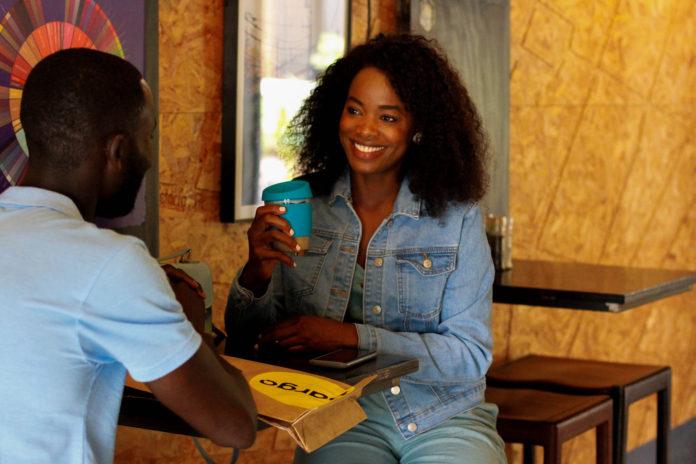Cape Town, – “Convenience” is no longer just a buzzword in online retail– it’s everything.
The e-commerce explosion in the past two years, both internationally and in South Africa, has heightened customer expectations to the extent that failing to deliver online orders on time can literally make or break a business. Retailers that don’t shape up in terms of giving customers what they want when they want it simply fall by the wayside.
To give you some idea, a March 2022 study by global SaaS platform provider FarEye found that 36.8% of participants changed their opinion about a brand after a poor delivery experience, with 38.9% saying they would be unlikely to give retailers a second chance.
The upshot is that if businesses want to retain and gain customers, they need to meet their expectations at every step of the shipping process, especially when it comes to last-mile delivery or the final stage of delivery from the business to the consumer.
While last-mile delivery appears to be a relatively simple process, it’s actually the most complex and expensive leg of the supply chain journey. That’s because there are usually multiple stops on a courier’s trip and often these are large distances apart. Throw heavy traffic and vehicle breakdowns into the mix, and it’s easy to see why so many people become frustrated waiting for their parcels to be delivered.
The solution, as more and more retailers are discovering, is to invest in last-mile delivery technology.
State-of-the-art software platforms and incredible delivery innovations like artificial intelligence and machine learning, drones, autonomous delivery vehicles and even robots are increasingly being introduced to eliminate delays, ultimately offering a better customer experience, and increasing brand loyalty, customer numbers and revenue.
“This type of tech is proving a game-changer,” says Lars Veul, co-founder and CEO of Pargo, a smart logistics platform that simplifies online delivery through its tech-enabled network of Pargo access points.
“Technological developments are also having a huge impact in solving many of Africa’s problems. Increasing smartphone penetration on the continent has exposed citizens to apps that allow users to track and manage deliveries far more conveniently. Mobile payments are also making it easier for customers to order and receive their items. This is especially helpful to those living in remote rural areas.
“Delivery is now front and centre for online customers, so using technology that pushes boundaries to optimise last-mile delivery has become essential for businesses. The minimum is to offer a variety of delivery options, like click and collect, home delivery and returns, among others, to the online shopper, to make their lives easier.”
Veul points to several trends in last-mile delivery technology that retailers would do well to follow. These include:
- A smart route guide engine helps to optimise delivery routes across multiple couriers that are integrated into one system and increases delivery attempt success. This tech allows Pargo to have a 90% first-attempt delivery success rate on home delivery;
- Last-mile delivery tech platforms like myPargo easily integrate with any online store, no matter the size of the business or how their store is built. These platforms give customers options by offering a full suite of delivery services, including home delivery, click and collect and returns; and
- Tracking and tracing of parcels. Veul’s company, for example, offers detailed customer communications via email and SMS that keeps both retailers and customers informed of status changes with real-time tracking. This means drivers can complete first-attempt deliveries to customers. Retailers also benefit in that they can take action if any problems crop up.
The fact is that last-mile delivery impacts all online retailers so implementing these technologies to keep customers happy is key. It’s all about using the technology to simplify deliveries and make them as convenient as possible for businesses and consumers.












